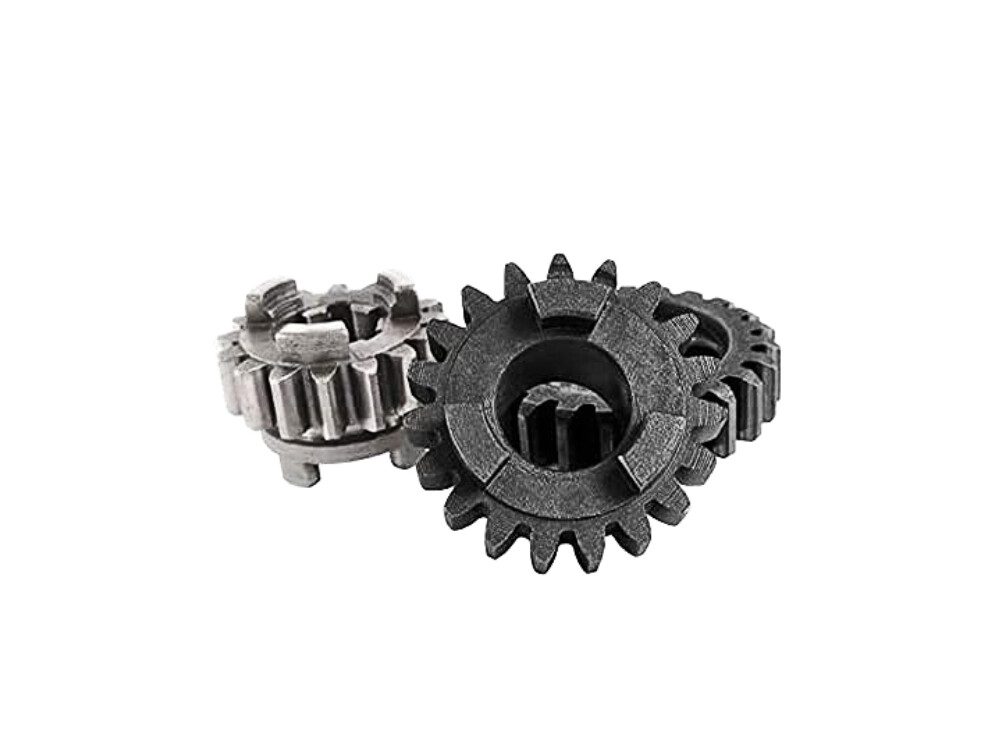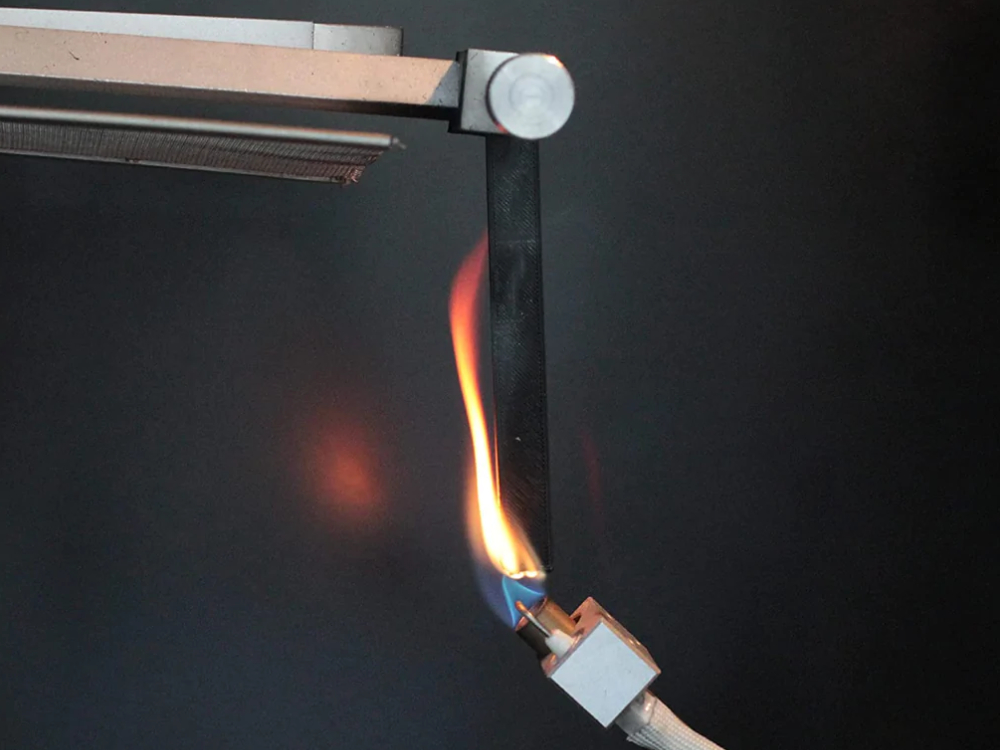FDM PolyMax PC-FRPolymaker PolyMax PC-FR PolyMaxŌäó PC-FR, creation from CovestroŌĆÖs Makrolon┬« family, could achieve V0 performance in the UL94 flame retardancy test and displays excellent toughness, strength and heat resistance. This filament opens new applications in the automotive, railway and aerospace industries. Max Build Size Min Build Size 8 x 8 x 8 mm Default Layer Height 0.18 mm Optional Layer Heights 0.1, 0.2 mm Tolerance ┬▒0.2% (with a lower limit of ┬▒0.2 mm) Up to 107 Ōäā Smooth ŌśģŌśģŌśģ Detail ŌśģŌśģŌśģ Accuracy ŌśģŌśģŌśģ Rigidity ŌśģŌśģŌśģ Flexibility ŌśģŌśģŌśģŌśģ Available ColorsWhite
, Black
Available Post ProcessSuitable For Functional prototypes and end products, Not Suitable For Complex designs with intricate details, Additional InfoThe Industrial range of products provides engineering-grade materials to unlock the use of 3d printing in multiple industries for new applications. Industrial products can require specific equipment and skills. PolyMaxŌäó is a family of advanced 3D printing filaments produced with PolymakerŌĆÖs Nano-reinforcement technology, to deliver exceptional mechanical properties and printing quality. PolyMaxŌäó PC-FR, creation from CovestroŌĆÖs Makrolon┬« family, could achieve V0 performance in the UL94 flame retardancy test and displays excellent toughness, strength and heat resistance. This filament opens new applications in the automotive, railway and aerospace industries.
Feature
3D PrinterMaterial Spec Sheet
Fused Deposition Modeling is used to build your design with this material. The principle is simple. You can compare it with a hot glue gun into which you put sticks of glue. The glue is heated up until it melts and is then pushed through a fine nozzle in the front of the glue gun. In an FDM printer, a long plastic wire is used in place of glue. It is fed from a spool to the nozzle where the material is liquefied and ŌĆśdrawnŌĆÖ on the platform where it immediately hardens again. The nozzle moves to drop the material at the correct location, drawing your model line by line. When a layer is drawn, the platform lowers by one layer thickness so the printer can start with the next layer. When your model contains overhanging sections, the printer needs to build supporting material. Since the material of the model cannot be deposited in the air, the support material prevents it from falling down. This support material is fed through another nozzle. Afterward, when the model is put into a bath with special soap, the support material dissolves.
|



